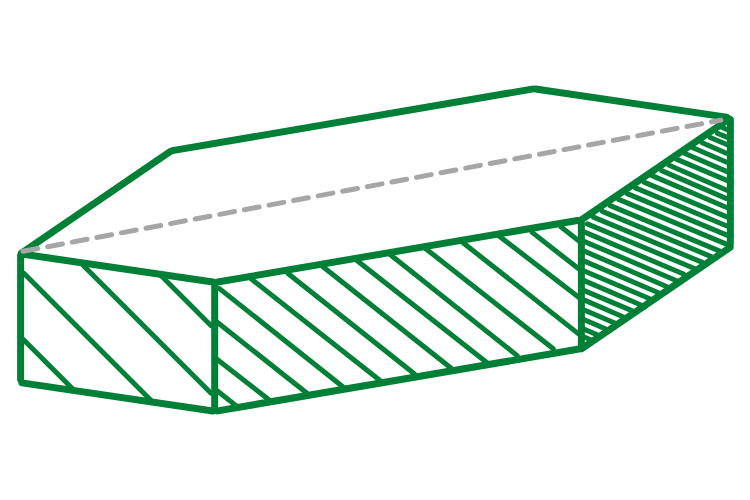Synthetic Emeralds

A synthetic emerald is a man-made emerald. It has the same chemistry, scratch resistance, and color as natural emerald, but made in a lab instead of the earth. Not to be confused with emerald simulants, which are things meant to look like an emerald.
While one of the most common synthetic gems, it is also one of the most difficult to synthesize. They command the highest prices of any synthetic gem on the market, though they typically sell for only five to ten percent of the price of natural gems.
Synthetic Emerald Brands
Any gem described as “grown” or “cultured” is very likely synthetic. Chatham Emerald, Biron Emerald, Gilson Emerald, Kimberly Emerald, Lennix Emerald, Linde Emerald, Regency Emerald, and Zerfass Emerald, are all names for synthetic emeralds by the name of groups that make them.

Synthetic Emerald Features
Because synthetic emeralds are the same material as natural emeralds, inclusions like fingerprints, fractures, and hollow tubes are cannot conclusively determine if the emerald is synthetic or natural. Fingerprints that have flux are definitively synthetic, since flux cannot be used to help emeralds heal fractures, unlike rubies or sapphires. This characteristic is not present in hydrothermally grown emeralds either.
Growth Processes
Synthetic emeralds are created from either flux or hydrothermal processes.
Flux – The elements that make emeralds are dissolved in a heated solution with flux to aid in melting everything, all inside a platinum crucible (only flux emeralds may show platinum platelets in them). The solution is then heated for as long as the grower wants. It can take months to grow large crystals, with the size of the crystal proportional to the amount of time it spends growing.
French chemist Jacques Joseph Ebelman developed the flux process to make emeralds in 1848. However, it was more expensive to synthesize emeralds than to mine them until 100 years later thanks to the efforts of Carroll Chatham of Chatham synthetic emeralds.


Hydrothermal – Hydrothermal emeralds are grown under conditions very similar to the heat and pressure that natural emeralds form in. One large difference is they do not form freely-grown crystals, instead forming an elongated hexagon grown off of a colorless piece of beryl. The growth forms specific features like nail-head spicules and chevron, along with characteristic emerald inclusions of fingerprints, tubes, and fingerprints.


Additional Treatments

E1332 | medium | play |left | “Emerald ID: E1332 – Weight: 1.59 Carats – Origin: Colombia – Treatment: None”
The vast majority (over 99%) of natural emeralds are oiled for clarity. Synthetic emeralds are often grown with fewer inclusions, and rarely need to be treated for clarity. These super-clear emeralds are some of the most difficult types of emeralds to identify for gemologists with magnification alone. However, natural emeralds of any size that have this appearance are almost guaranteed to have a lab report from an accredited gem laboratory. If there is no lab report available, the vendor should be willing to get one for it immediately. Untreated emeralds of good clarity go for around three times the price of treated emeralds of comparable quality.
